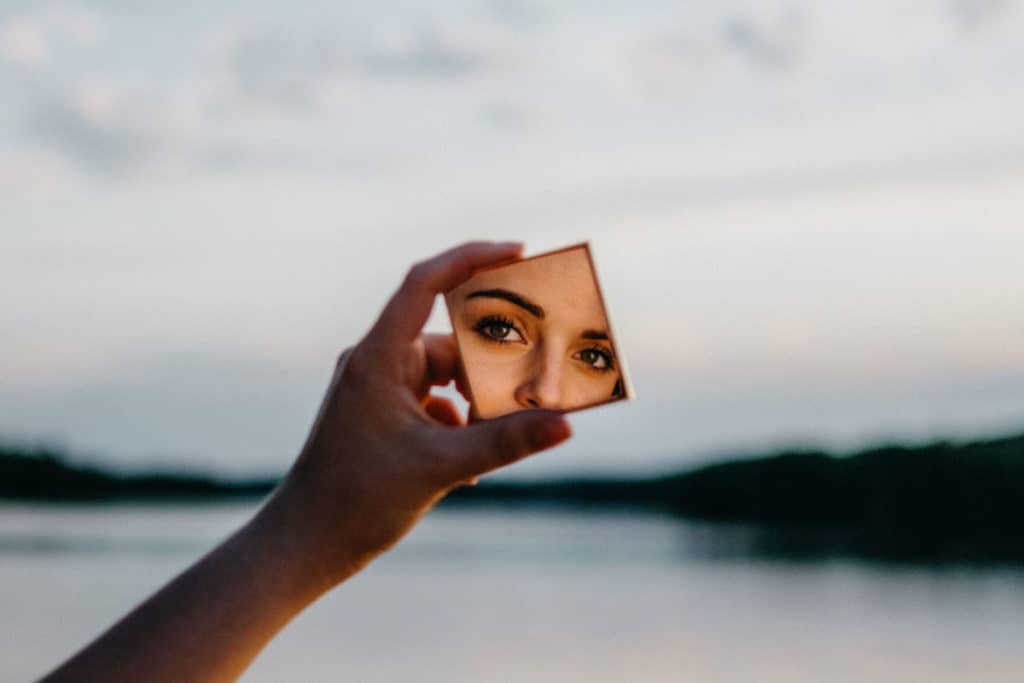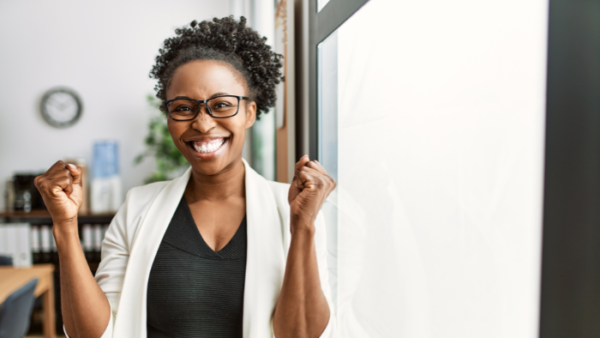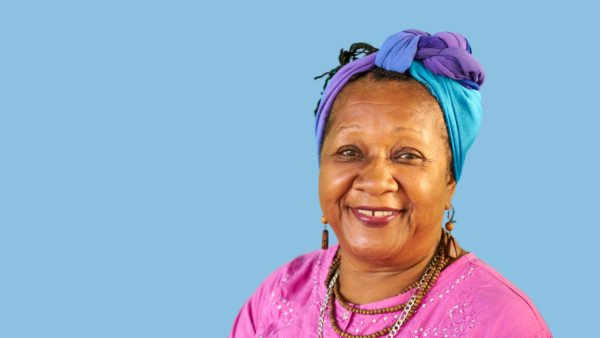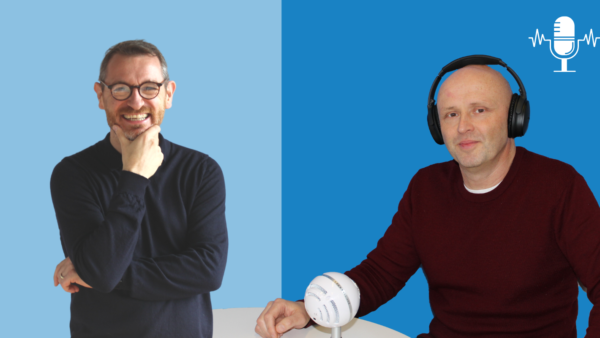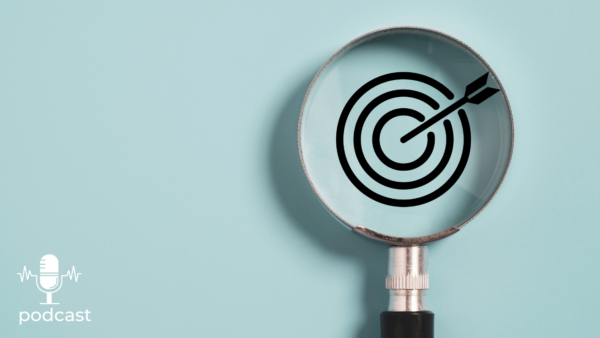This isn’t a podcast on how to take the best possible mirror selfies, that’s not what I mean by the power of your reflection, not on this podcast anyway; no, this is a podcast on self reflection and the science behind reflecting on your experiences so that you can learn better and achieve lasting changes in your behaviour, and in your attitudes too.
These days, reflection has crept in to a lot of higher and further education, with students being encouraged to write critical reflection papers or just to reflect on their learning, so today I want examine what reflection means in everyday life, why it might be helpful and how to do it.
Reflection is definitely a whole life skill and applies really well to work too.
What is reflection?
So what is reflection? At least in the practical sense that I want to look at it? Well it’s spending time going over events to get new learning from what’s happened and ideally to help you build habits to deal even better with a similar situation next time.
So that could be thinking about a presentation you did, a meeting you were in, a pay negotiation with your boss, a tricky chat with your partner. But mostly, we spend time reflecting on things that had an emotional impact on us in some way.
So what’s the point of reflection, why should we do it? Well the positive way of looking at reflection is that it should help us to gain new insights, to find a new way of looking at a situation, not get ‘analysis paralysis’ or ruminate and over-worry about things, but to make some meaning from what’s happened, learn from it and maybe even get a plan together for next time.
Kids create new neural networks all the time based on new information, and new learning that accompanies it; their entire brain makeup is designed to speed the process of learning and integration of information, turning that into knowledge about the world around them.
As adults, we have to work a little harder at that because we already have a load of brain networks that have been used a lot and so get ‘set in their ways’, so making changes and adjustments to these takes time – we need to pay attention and repeat our thinking and behaviour over and over again to get an adjustment to stick.
How to “do” reflection?
How is it done then? Well there are a few people out there who’ve done a lot of work on reflection and how it’s helpful with learning. Among them is a guy called Donald Schön, whose surname roughly translates to nice. Which is nice. What Donald says is that there are two ways to look at reflection – Reflection ON action and Reflection IN action.
First, there’s Reflection on action: he says you should go through the 4 Res when reflecting on an event – Re-inhabit (relive the experience), Reflect (notice what was going on), Review (critically analyse the situation), Reframe (capture new understanding). So for example, I might imagine myself delivering a presentation to a group of clients, imagining the details of what was happening in the room, what people said and did, what I said and did, how the whole place looked, how it felt in the room (so that’s the first two Res…Re-inhabit and Reflect).
Then REVIEW it from an objective, critical point of view – maybe put myself in the seat of someone in the audience and watch me delivering the presentation (ugh scary), then get over the scary and actually watch me in detail and from that, start to see things from a different angle about maybe something that I did or said that I could do again, or perhaps do differently (that’s then the 4th Re…REFRAME or gain a new insight – from the perspective of someone watching me rather than from my point of view).
Don also said that as well as reflection on action, there’s also the guru version, Reflection IN action – so this is when you’re so used to reflection on action that you can do your reflection in the actual moment. Kind of like Neo in The Matrix as he’s learning kung fu moves and watches his body doing new things like a spectator – apologies for the reference which might not work for you, anyway, you get what I mean. Maybe.
An alternative model is Graham Gibbs’ reflective cycle, which prompts you to reflect on some questions about a given event. Here’s the questions:
What happened?
What were you thinking and feeling?
What was good about the experience and what could have been better?
What sense can you make of the situation?
What could you have done differently?
Next time, what will you do?
So what’s good there and is a build on the first model in particular is the focus on action…what are you going to do differently next time? When you get to that point, you’ve identified a new behaviour or approach you want to take, go to my podcast on Building new habits which was Season 2, Episode 1, and that will help you get building those new neural networks I mentioned earlier.
So how best to actually DO reflection, how is it best to work through these models? Well it really depends on what works best for you. If you’re a talker, talk. If you’re a drawer, draw. If you’re a mind-mapper, mind-map and if you’re a writer, write. Or just try them all out and see what works best for you. A bit more on each…
Firstly, coaching or talking with someone is helpful because it adds a neutral person into the mix to help you work through what happened, as long as they know that’s their role and not to weigh in with too much opinion. There is an amazing process pioneered by Nancy Kline on thinking pairs and how to help someone else think clearly – great technique for gaining insights from reflection. Takes practice but worth a look. So that’s Nancy Kline, Time to Think.
Secondly, a word on meditation and breathing – this is useful for reflection because it helps you focus. So if you’re going to do some reflection alone, or with someone else, starting off by deep breathing to let go of current concerns and focus in on the event you want to reflect on. The breathing will get your brain ready for it.
Third, self-reflection combined with journaling – reflecting on where you have made progress helps increase your motivation to move forward; and where you have setbacks, helps to avoid a recurrence. So jotting down insights, notes about what to do differently and then when you have made progress, all important in getting practical change to happen.
Fourth, Mind mapping, drawing, more physical/3D approaches – these can help your reflection if you’re keen to understand how everything connects visually to make meaning of it.
Last thing to say is that it is possible for reflection to get too navel-gazy and also for reflection to turn into anxiety or over-worry about things that have happened and which you can’t resolve or influence because they are in the past. So to avoid the reflection turning in on itself, some tips: give yourself a time limit; stay balanced, look for the positive and the negative; and notice when you’re over-analysing or being over-critical and move away and onto something completely different.
Did you know this blog is also available as a podcast along with some other incredible content? Check it out on iTunes, Spotify, Acast
